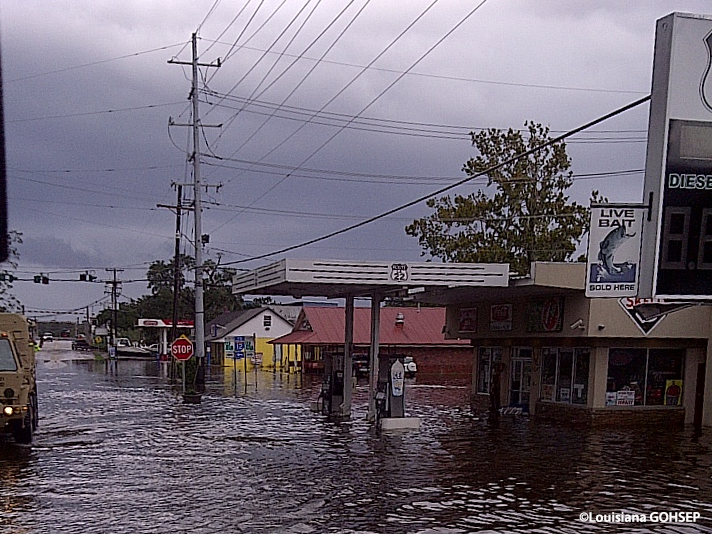
Mr. Shultz is correct in calling for insurance against climate change, but green energy is not insurance. Green energy might reduce the rate of carbon emissions, but according to physics Nobel laureate, Robert Laughlin, the likely risk reduction is small: “The geologic record suggests that climate ought not to concern us too much . . . because it is beyond our power to control.” In this light, clamoring for green energy subsidies is equivalent to talking about the weather without doing anything about it.
Insurance policies that diversify climate risk, on the other hand, can help us adapt on a planet that may have a climate mind of its own. Insurance policies don’t change risk; they diversify it so that those experiencing catastrophic losses receive compensation from an insurance pool that includes those who do not.
Consider the case of hurricane insurance. Companies make a profit by carefully calculating risks and charging enough in premiums to cover damages. If hurricane frequency increases with atmospheric carbon levels, market pressures will push up premiums, strengthening the incentive for people to move out of harm’s way.
Insurance markets also incentivize entrepreneurs to create better ways of managing climate risks. For example, WeatherFlow Inc. has blanketed the hurricane prone southeast with reliable private weather stations. Access to data from these stations has allowed Risk Management Solutions (RMS) to design a new type of catastrophe or “cat” bond.
Unlike relief from insurance, which requires wrangling over the cause and extent of hurricane damage, cat bonds offer relief as soon as wind velocity reaches a mutually agreed upon and easily verified speed. According to WeatherFlow and RMS, the “insured is paid days after the event rather than waiting for months to settle a claim.”
Is it too farfetched to think we could purchase cat bonds for endangered species? The Nature Conservancy (TNC), for example, holds conservation easements on millions of acres for the purpose of protecting endangered species. If climate changes the habitat, TNC may be holding easements that no longer produce what it wants. By purchasing a cat bond triggered by a pre-specified habitat change, TNC could have funds useful for securing easements on land with more valuable habitat.
When, where, and how much rain will fall is as important as what happens to global temperatures, and financial markets can help manage water-related risk, too. Exchange-traded weather derivatives, offered by CME Group, for example, can lower the cost of insuring against unexpected changes in moisture or temperature. Ski resorts might use these securities to hedge against low snowfall and farmers against drought.
Cities, such as Los Angeles and Las Vegas, and businesses, such as soft drink producers, require dependable water supplies. They can purchase weather derivatives or exchange traded funds, like those that track the NASDAQ OMX US Water Index, to hedge against the risks of varying water supplies.
If more carbon means more weather variance, and more weather variance means more assets at risk, weather-related financial instruments provide a way of spreading risk while allowing us to to enjoy the benefits of carbon-based fuel. When it comes to climate change, enviro-finance entrepreneurs don’t just talk about the weather; they do something about it.



